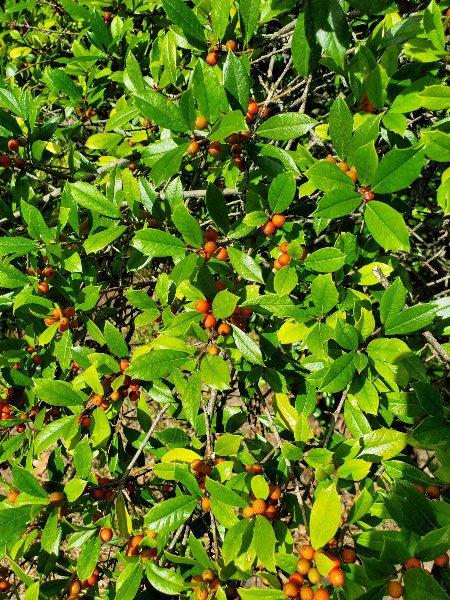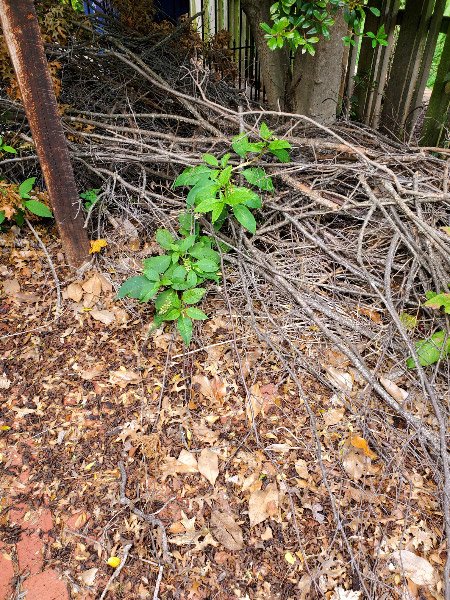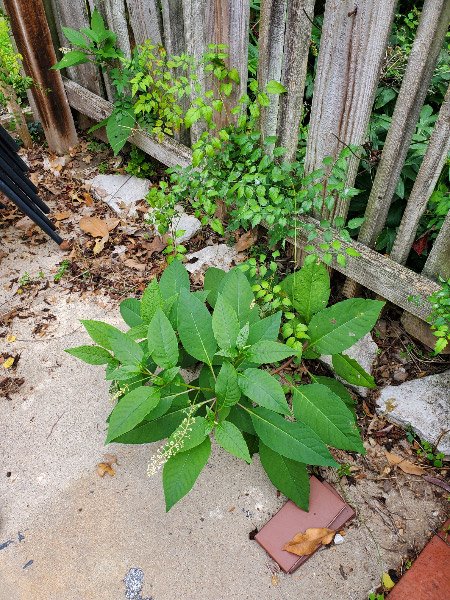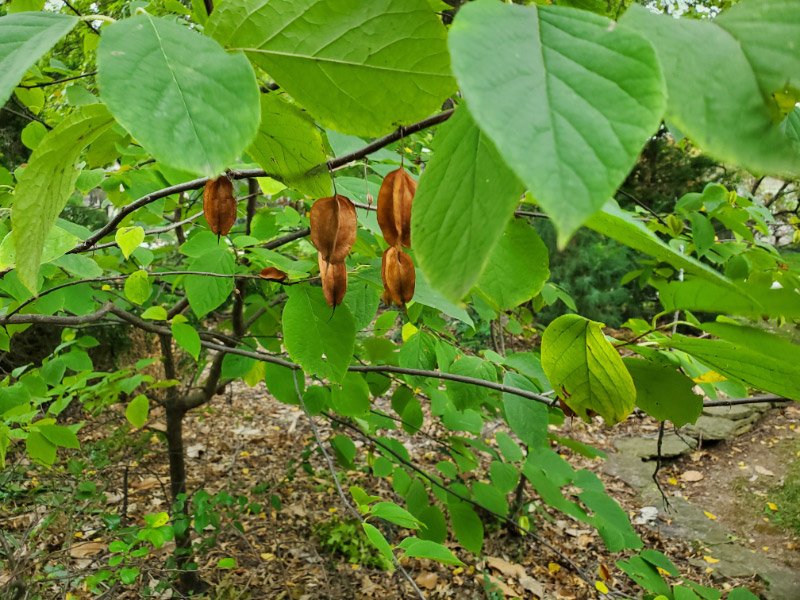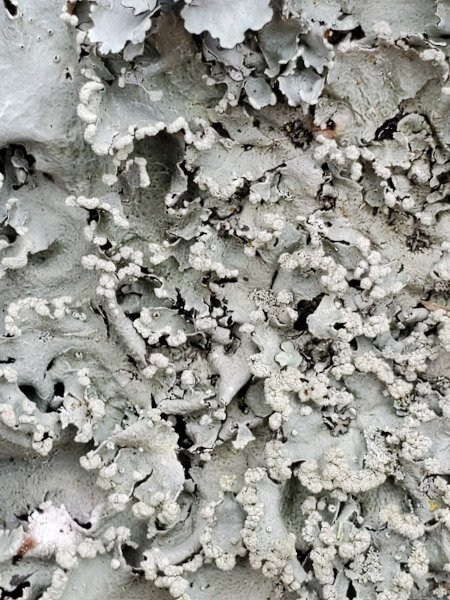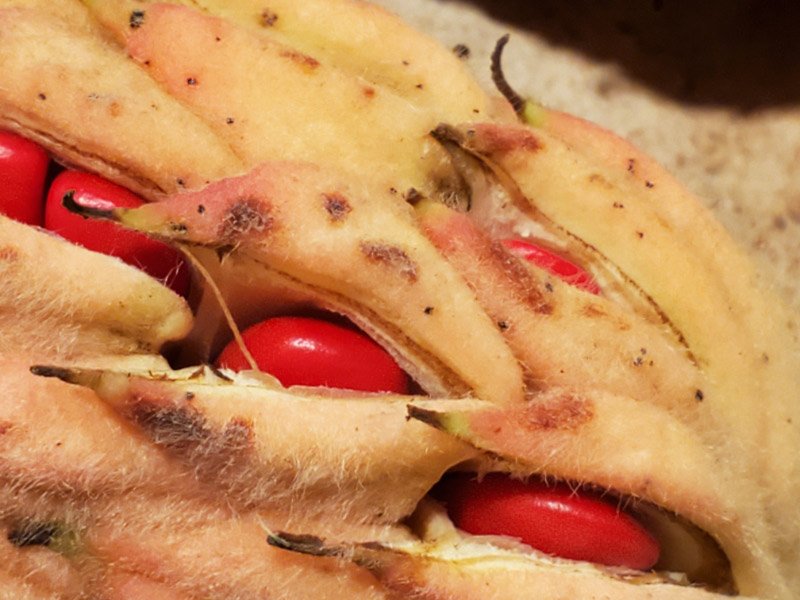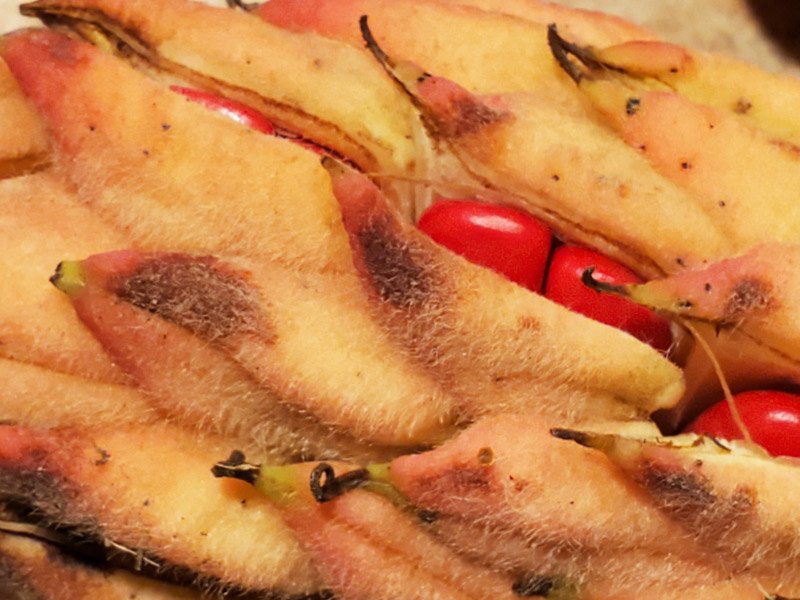Phelps Grove Park
/Last week the Identifying Woody Plants class walked to Phelps Grove Park to add more trees to our list. I used my point-and-shoot (Canon Powershot SX730 HS) to capture some features of the additional trees (plus some trees already on our list). The temperaature was in the 70s…perfect for the hike…but the leaves are beginning to fall on many of the trees. Identification will get harder.
Serviceberry – Amelanchier arborea – Rosaceae: stripped bark, multiple trunks, small trees, two toned pointy buds, leaves simple and alternate
Crabapple – Malus – Rosaceae: pome without grit, twigs hairy, leaves (lobed, simple, entire)
Hawthorne – Crataegus – Rosaceae: thorns, pome, leaves round, bark pealing and patchy, the one we saw was infested with apple cedar rust (i.e. not a healthy tree)
Fig (just for interest…not added to list)
Flowering dogwood (not new) – Cornus florida - Cornaceae
White oak – Quercus alba – Fagaceae: leaves (rounded lobes, smooth, lighter underneath), acorns dark with bumpy cups and often sprout in fall
Hemlock (not new) – Tsuga canadensis - Pinaceae
Black cherry – Prunus serotina – Rosaceae: observed bark…branches too high to see more
Osage orange – Maclura pomifera – Moraceae: bark shaggy and orange in parts, leaves (tapering tip, entire, alternate, simple, size varies), the one we saw was male so no fruit
Red mulberry - Morus rubra – Moraceae: milky sap, leaves (toothed, shiny, falling)
Shortleaf pine (note new) – Pinus echinate – Pinaceae
Hackberry – Celtis occidentalis – Cannabaceae: drupe that can taste like a dry raisin, leaves (3 veins, asymmetric, rough), the one we saw had galls, bark rough and gray, large tree
Shingle oak – Quercus imbricaria – Fagaceae: acorn small, leaves (no lobes, long and narrow, soft hair underneath), multiple buds at tend of twigs, bark grayish
Previous posts about my experiences in the Identifying Woody Plants class at Missouri State University







































